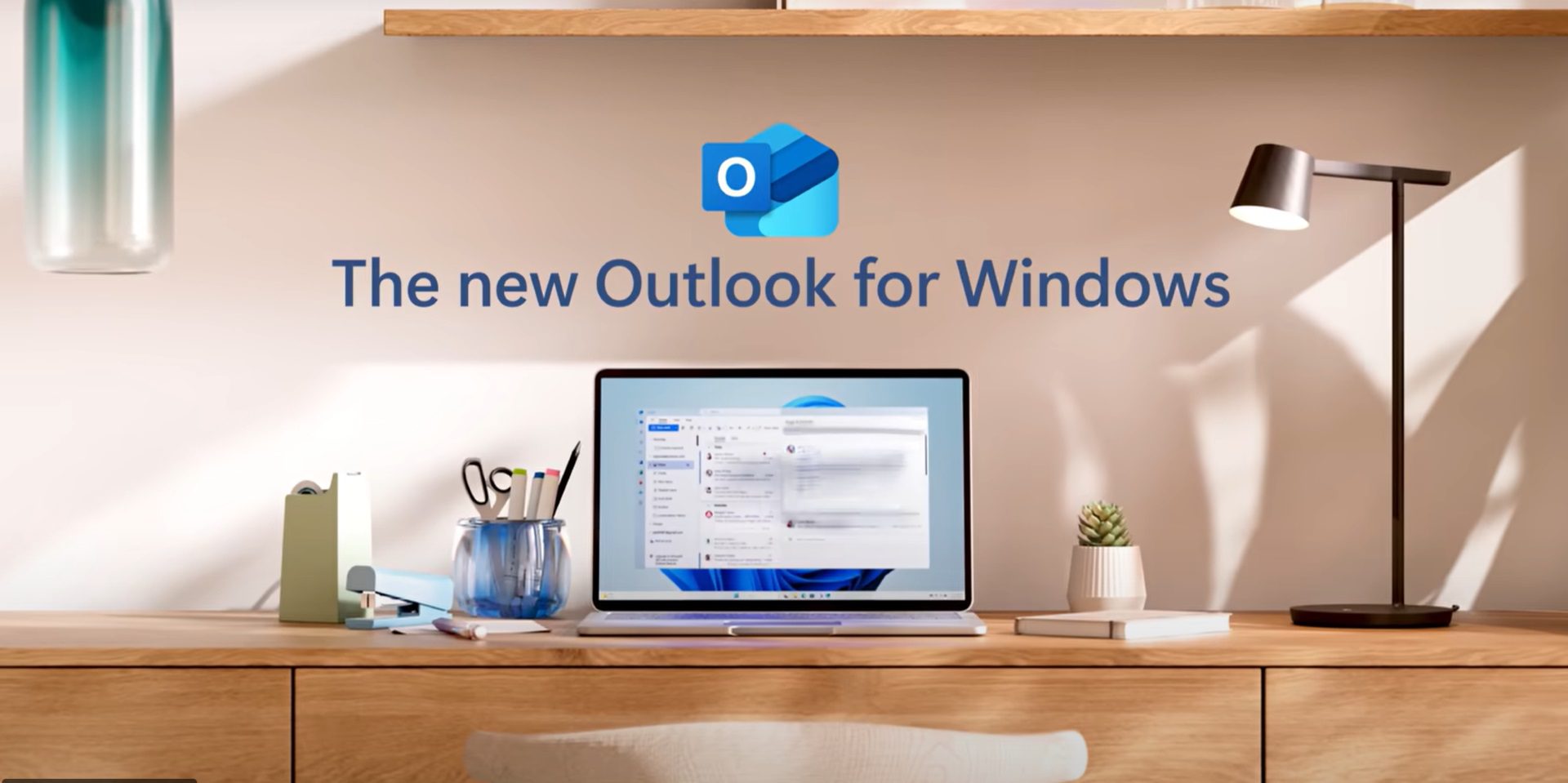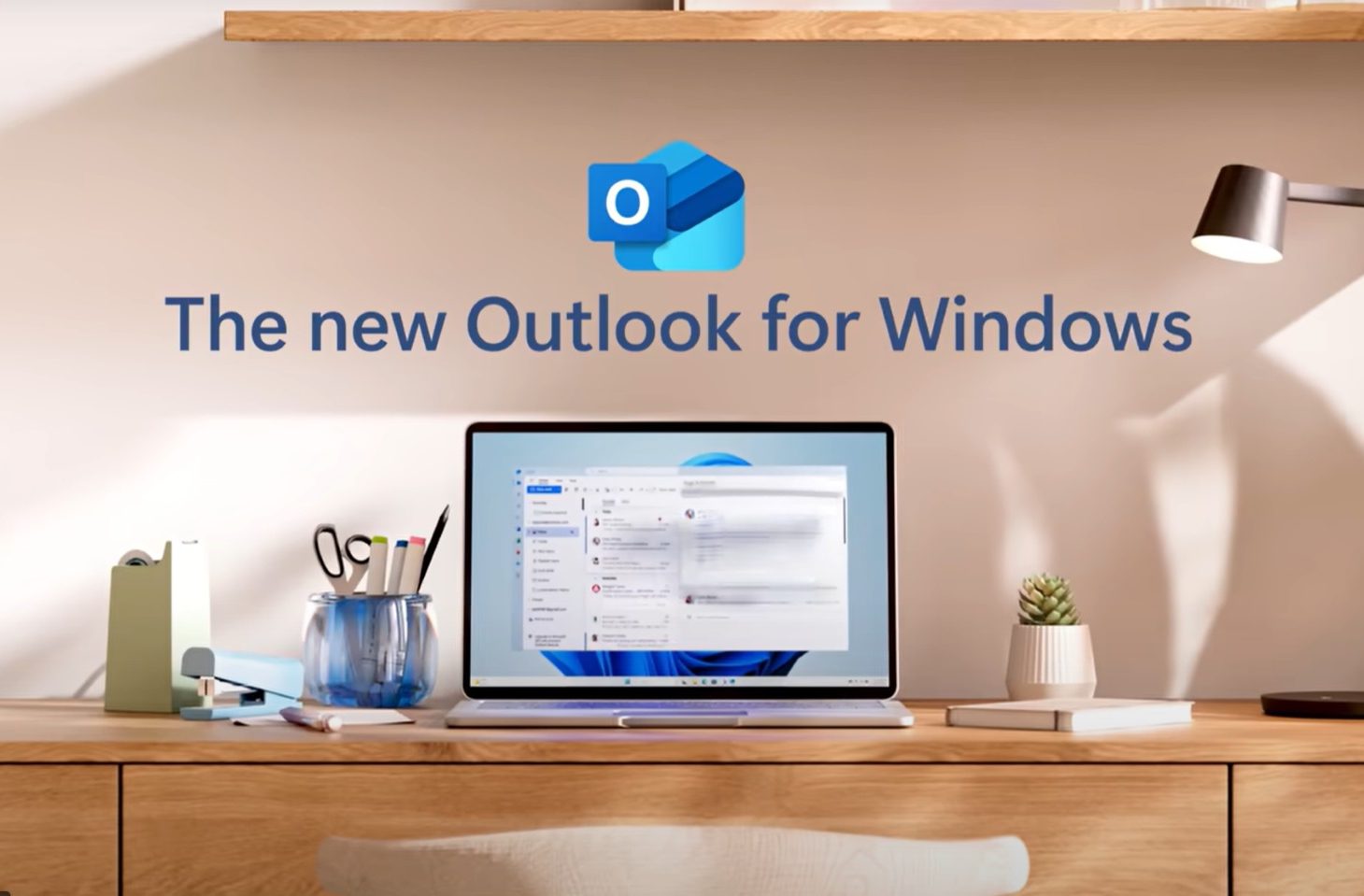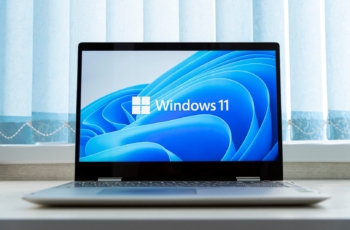Microsoft will require Microsoft 365 Enterprise, Business Premium and Business users to switch to the new Outlook. For some users, the unsolicited transition will begin as early as January 2025.
From January 2025, Microsoft will be obliged to switch users to the new Outlook. This mail client is intended to succeed Microsoft’s classic Outlook, but is not very popular with users. The new Outlook is a web-based application that currently lacks functionality and stability. The new product is not an answer to a user question, but rather an attempt by Microsoft to simplify the application and its maintenance internally.
From opt-in to opt-out
The new Outlook has been available as an option for a long time. Using a slider, users can activate the new version and switch back to the old version if necessary. Starting in 2025, Microsoft will reverse this approach. Microsoft 365 Business Standard and Premium customers will be switched to the new Outlook by Microsoft itself. The transition is scheduled for April 2026 for Microsoft 365 Enterprise customers.
Fortunately, the move is not final: users can choose to switch back to classic Outlook. Administrators in Microsoft 365 Enterprise can also prevent unwanted migration through policies and more using the settings listed below Outlook options And Generally.
Obligation and confusion
The mandatory transition will undoubtedly cause great confusion. Certainly, less tech-savvy users suddenly faced with an alternative version of Outlook that lacks familiar features won’t necessarily know what to do. Anyone who works with shared mailboxes is completely out of luck. This functionality is actually not really supported in the new version.
Microsoft had previously indicated that classic Outlook would remain in place until at least 2029. However, it looks as if Redmond wants to make it increasingly difficult for users to work effectively with the well-known program. Microsoft seems determined to force the new version on users before they are ready. Instead of focusing on functionality so that the new Outlook is better or at least as good as the old one, the software giant is using its position of power and imposing its will.























